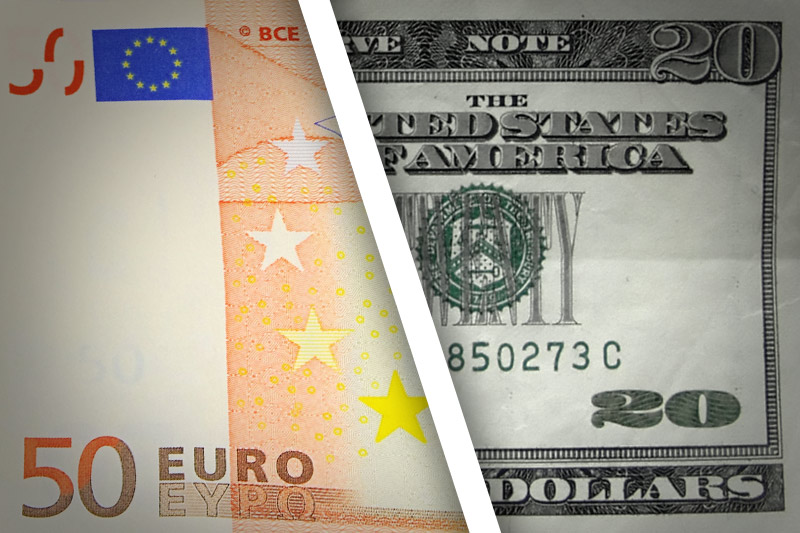Investing.com -- The dollar reached its highest level against the euro during the month of May, as the Federal Reserve provided further indications that it will wait past June before raising its benchmark interest rate for the first time in nearly a decade.
EUR/USD continued its steady decline this week, extending its losing streak to a fourth consecutive session, as the currency pair fell to its lowest level since April 29. EUR/USD rose to 1.1135 at 2:15 EST, 15 minutes after the Fed released its minutes from its April FOMC meeting, before see-sawing during the remainder of U.S. afternoon trading. The pair settled at 1.1094, down 0.44%, marking the first time it closed under 1.11 during the month of May.
When the Federal Open Market Committee last met in late-April, only a few of its members supported a June rate hike, according to the minutes released on Wednesday. At the same time, the majority of the FOMC rejected issuing an explicit warning of a rate hike in the statement of the meeting in the month prior to when it decides to institute a rate hike.
Earlier, the pair slipped below 1.11 during European afternoon trading as Greek officials intensified pressure on its euro zone creditors to reach an accord by the end of the month. In Athens, Greece said it will run out of cash in the coming weeks unless it reaches a deal with its creditors before it owes approximately €1.5 billion in payments to the International Monetary Fund next month. Negotiations have stalled as Greece has been unwilling to roll back pension and labor reform measures the creditors have deemed necessary to unlock the final €7.2 billion tranche of the nation's €240 billion bailout.
While yields on Greek 10-Year bonds increased by 13 basis points on the session to 10.86%, they are still down more than 210 basis points on the month -- underscoring investors' skepticism that the beleaguered nation can avoid a default. Yields on U.S. 10-Year Treasuries, meanwhile, fell four basis points on the day to 2.25%, as the Fed's release had little impact on government bond prices.
The FOMC reiterated that it will take a "data-driven" approach to lift-off when it is reasonably confident it has seen significant improvements in the economy. The Fed also blamed weak first quarter GDP growth on "largely transitory factors" such as severe winter weather and a West Coast port slowdown that dented exports. Historically, economic growth has been comparatively weak in the first quarter in recent years, the FOMC added.
Still, the Fed is confident the economy can rebound over the second quarter due to low interest rates, high consumer confidence and rising real income among average American workers. The Fed remains concerned that interest rates could spike after initial lift-off, citing the possibility of an increased role of high frequency trading, decreases in inventories held by broker-dealers and the potential for higher assets in bond funds.
The U.S. Dollar Index, which measures the strength of the greenback versus a basket of six other major currencies, settled at 95.68 at Wednesday's close, up 0.28 or 0.33%. The index stood at 95.66, 15 minutes before the FOMC release.
